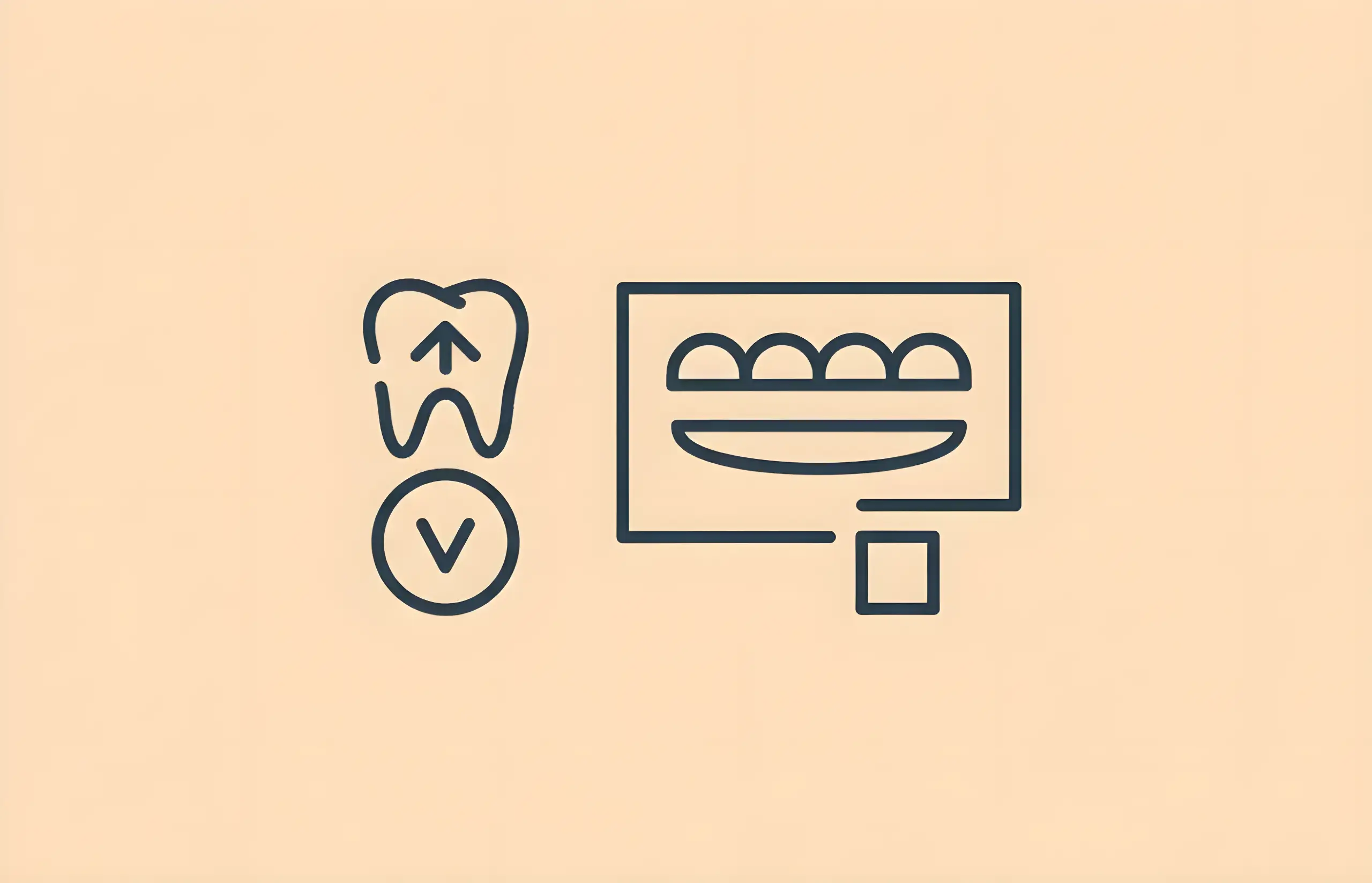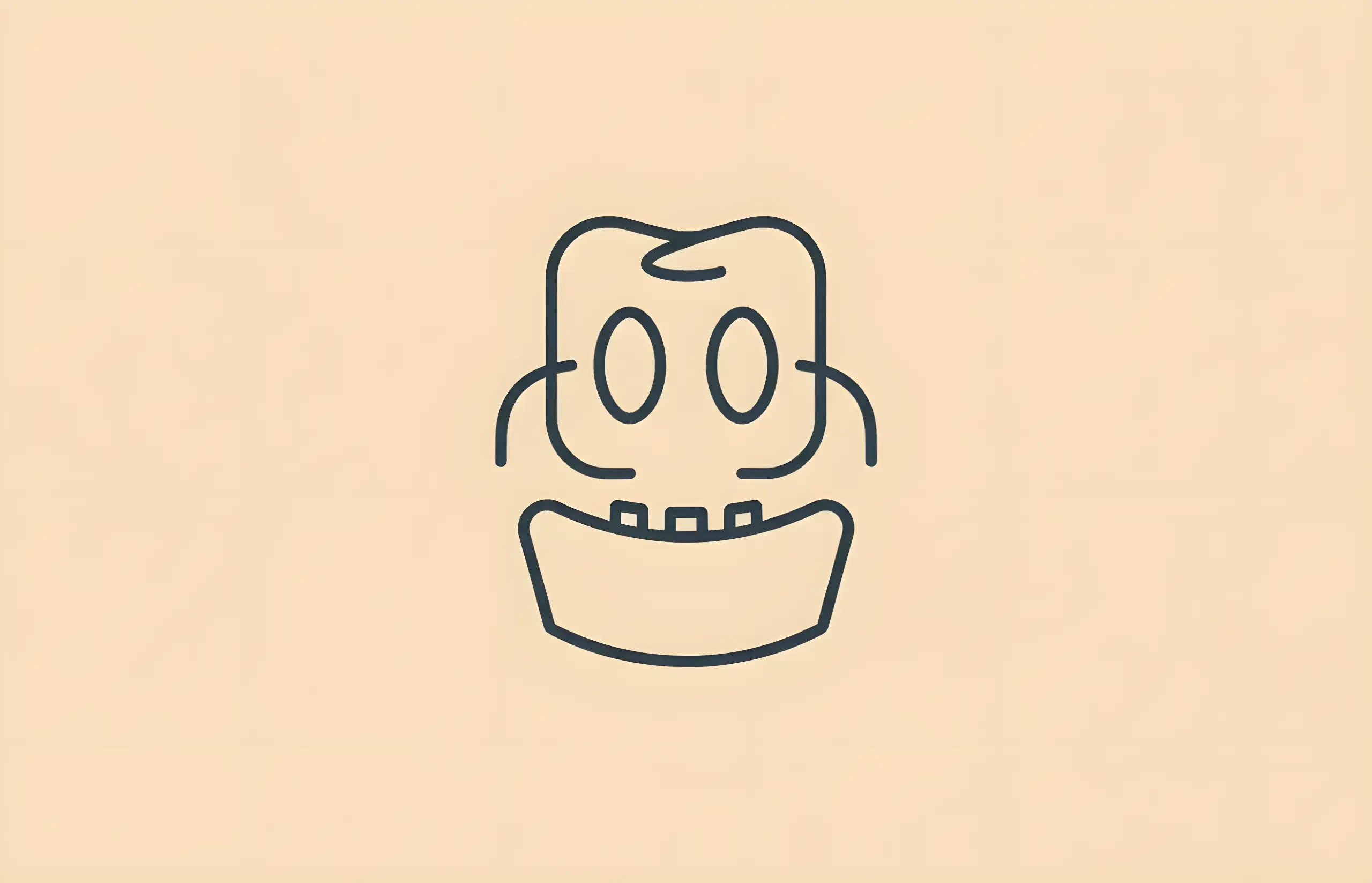There are many reasons for tooth loss, including gum disease, tooth decay, and injury. Over time, if left unattended, your facial muscles can sag because of missing teeth. Often, false teeth or dentures are used to replace the missing natural teeth.
Dentures help improve your appearance by filling out your facial profile and make it much easier to bite, eat, chew and speak properly.
Many different types of dentures are available, made from varying materials and serving various purposes.
So, it is extremely important to know the different types of dentures available, including the pros and cons, so that you can decide which is the most appropriate option for you.
In this guide, we'll discuss the different kinds of dentures.
Types of Dentures
Complete Dentures
Also known as full dentures, complete dentures replace your entire set of teeth. They comprise both upper and lower sets of teeth and are generally removable.
Complete dentures typically have teeth made of acrylic or porcelain and are held together by a metal or acrylic base.
The lower and upper dentures sit on the gum tissue and are kept in place by suction. Sometimes, denture adhesive is also used to secure the dentures and prevent any food particles from getting under the dentures, causing discomfort.
Complete dentures can help to fill out the facial profile and improve it, thus helping regain your smile and self-confidence. Full dentures are durable and can last for up to 5 to 10 years when properly cared for and maintained.
Partial Dentures
Partial dentures (lower and/or upper) are typically designed to fill the gaps created by missing teeth. Partial dentures can be removable or fixed.
Removable Partial Dentures
These dentures replace the teeth that are missing. Removable partial dentures comprise replacement teeth attached to an acrylic/plastic gum-colored base.
Sometimes the removable partial dentures may have a metal frame with metal clasps, which hook onto the adjoining teeth for enhanced support. Removable partial dentures help to restore the natural function, look and feel of the teeth.
The most significant advantage of removable partial dentures is that they can be removed and replaced at any time, very easily. Therefore, these dentures are best for people who do not want to or cannot undergo surgery for fixed partial dentures.
Fixed Partial Dentures
Also known as an implant-supported bridge, fixed partial dentures help replace missing teeth in a row.
They comprise two dental implants with one or many prosthetic teeth and are permanently screwed or glued into the mouth.
Unlike removable partial and complete dentures, fixed partial dentures cannot be removed.
Implant-Retained Dentures
Also known as overdentures, implant-retained dentures snap into place and attach to metal posts. This type of denture can support more than a single tooth and is often used to support a complete set of teeth.
Implant-retained dentures offer greater stability and chewing function compared to regular dentures. But these dentures must be cleaned properly. And you must remove the dentures every night to allow your gums to rest and recover.
Flexible Dentures
These partial dentures are made from thinner thermoplastic materials such as nylon compared to the more rigid and thicker acrylic materials used in regular removable dentures.
Flexible partial dentures may be more comfortable compared to other types of removable partial dentures, especially if you're a new denture wearer.
Also, flexible dentures do not have any metal bits, which gives them a more natural look and feel compared to the regular partial dentures that may have some visible metal parts.
Immediate Dentures
Also known as temporary dentures, immediate dentures are usually used immediately after the teeth have been extracted, allowing you to carry out all your everyday activities until you get your permanent dentures.
Typically, when many or all your teeth are extracted, you need to wait for around 6-8 weeks until your mouth heals and your permanent dentures are fitted.
Immediate dentures allow you to bite and chew food without exerting a lot of pressure on the remaining teeth and enable your mouth to heal without needing to make any significant changes to your normal lifestyle or eating habits.
Your dentist may also recommend using temporary dentures to allow your mouth to get accustomed to wearing dentures, especially if you suffer from the sensitivity of teeth or gums.
Although immediate dentures are very convenient, since they are not molded to the gums, they can be quite challenging compared to standard dentures. Also, immediate dentures need more care and maintenance and do not look as natural.
Wrapping Up
In conclusion, as you can see, there is a wide range of dentures available. And you can choose the one that's the best fit for you depending on your oral health, lifestyle, preference, and dentist recommendation.
Sources and References
-
[1]
Longevity of complete dentures: A systematic review and meta-analysisThe Journal of Prosthetic Dentistryhttps://pubmed.ncbi.nlm.nih.gov/32359852/
-
[2]
A systematic review of studies comparing conventional complete denture and implant retained overdentureJournal of Oral Implantologyhttps://pubmed.ncbi.nlm.nih.gov/28666845/
-
[3]
Flexible Denture: A Literature ReviewThe Journal of Contemporary Dental Practice (PubMed Central)https://pmc.ncbi.nlm.nih.gov/articles/PMC10985649/
-
[4]
A Systematic Review of Patient Satisfaction With Removable Partial Dentures (RPDs)Cureus Journal of Medical Science (PubMed Central)https://pmc.ncbi.nlm.nih.gov/articles/PMC10846565/
-
[5]
Overdentures in the edentulous mandible supported by implants and retained by a Dolder bar: a 5-year prospective studyClinical Implant Dentistry and Related Researchhttps://pubmed.ncbi.nlm.nih.gov/21834860/
All sources accessed and verified on . Medical information reviewed for accuracy and compliance with current guidelines.
Related Articles

Dental Implant Costs In The UK – Single Tooth and Full Mouth
Complete guide to dental implant costs, financing options, success rates, and what to expect from single tooth to full mouth implant treatments in the UK

What to Do When Your Dentures are Cutting into Your Gums?
Comprehensive guide to managing denture pain, understanding causes of gum irritation, and effective treatments including home remedies and professional adjustments

How To Clean Dentures
Essential guide to proper denture cleaning and care, including daily brushing and soaking techniques, recommended cleaning products, what to avoid, and tips for maintaining optimal oral health with dentures

Wearing Dentures After a Tooth Extraction
Comprehensive guide to immediate and conventional dentures after tooth extraction, including healing timelines (6-8 weeks for gums, 3-6 months for bone), benefits, and recovery process
About The Dental Guide
The Dental Guide is a trusted online resource providing evidence-based information about dental health, treatments, and procedures. Our content is created and reviewed by qualified dental professionals to help you make informed decisions about your oral health.
Our Mission
- Evidence-based dental information
- Expert-reviewed content
- Clear, accessible explanations
- Latest treatment options
- Patient-focused guidance
Editorial Standards
- GDC-registered dental professionals
- Peer-reviewed sources
- Regular content updates
- Medical accuracy verification
- Transparent authorship
Important Notice
The information on The Dental Guide is for educational purposes only and should not replace professional dental advice. Always consult with a qualified dentist for diagnosis and treatment recommendations tailored to your individual needs and circumstances.
Medically Reviewed
Reviewed by Dr. Nasim Mechoui , BDS (Bristol)
Share this article
Comments & Discussion
Have questions about dental implants? Share your thoughts or experiences.
